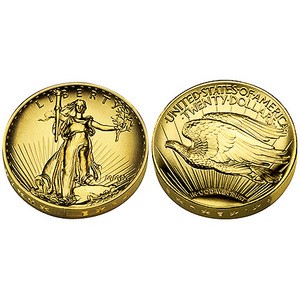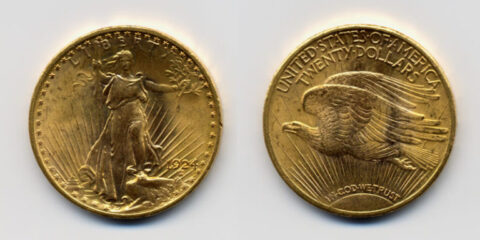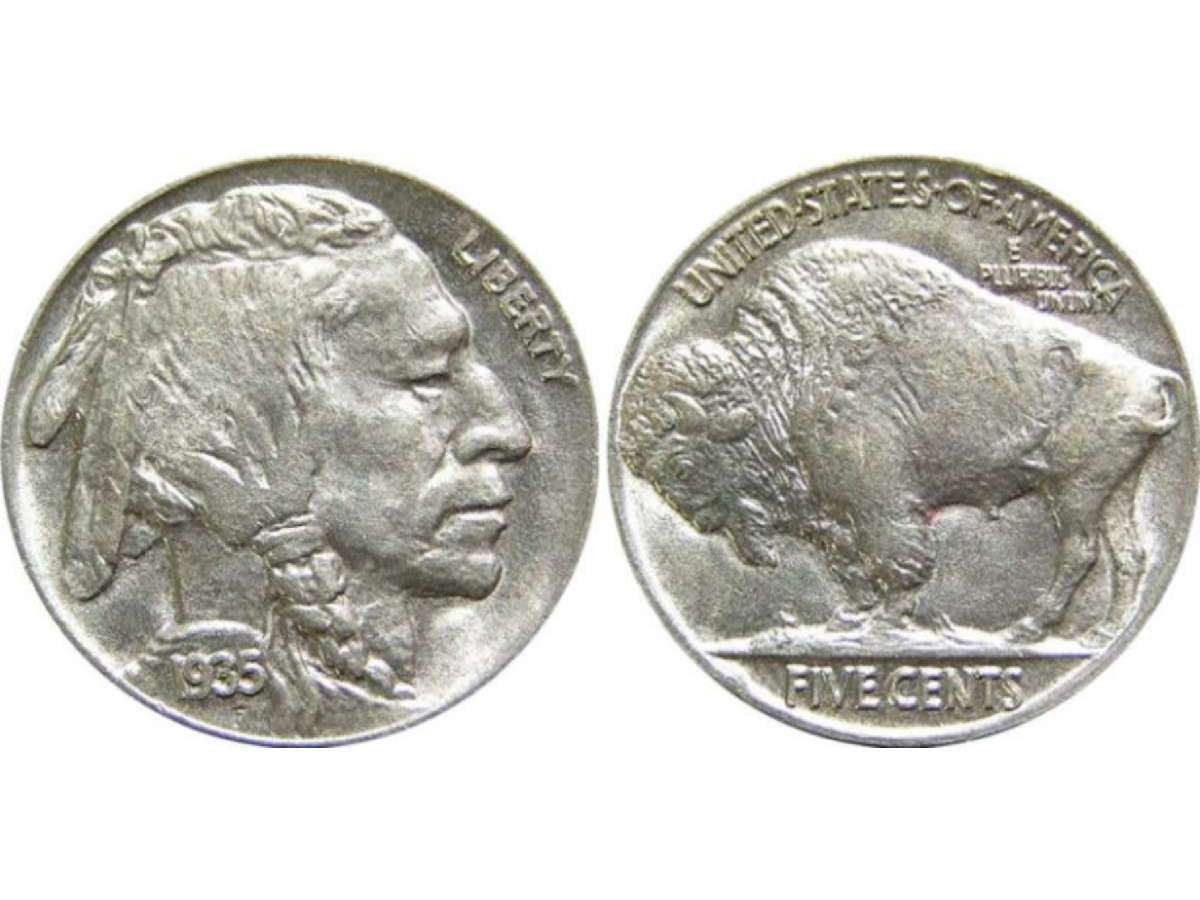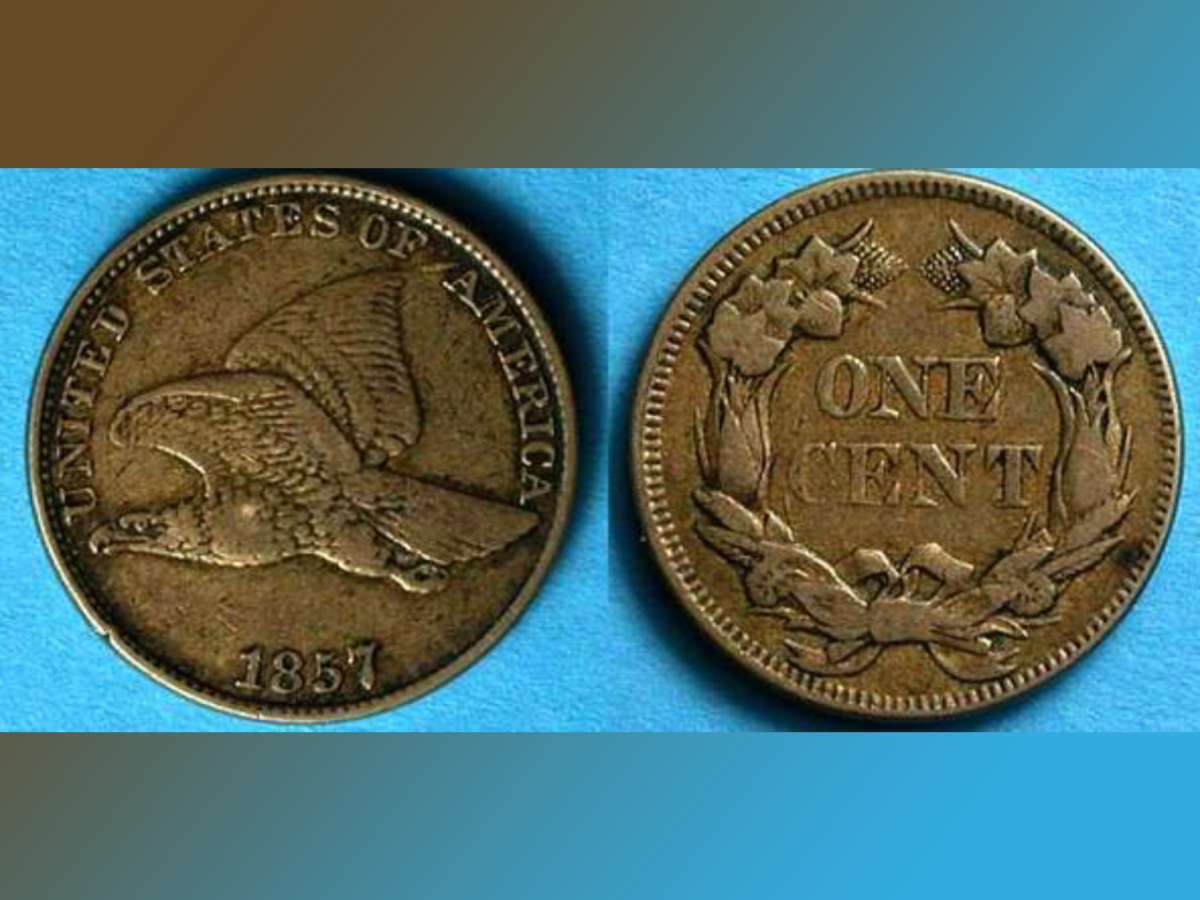Have you heard the buzz? One of the world’s most renowned, beautiful, loved, and popular coin designs of all time is back.
The 2009 Ultra-High Relief Double Eagle, a design hearkening back a century, was revived on a gold coin released by the U.S. Mint.
The design is a nearly complete reproduction of the Augustus Saint-Gaudens design that was first struck in 1907.
President Theodore Roosevelt had commissioned Saint-Gaudens, a well-respected artist, to create new designs for United States coins. The double eagle (a $20 gold coin) was one of the coins Saint-Gaudens designed.
While the Saint-Gaudens design was used for the Double Eagle from 1907 through 1933, it is some rare, “extremely high relief” examples of the 1907 Double Eagle that have attracted so much attention over the decades.
That double extremely high relief eagle design is now the subject of reproduction.
High Relief vs. Regular Relief Coins
“High relief” refers to the depth, or thickness of the raised parts of a coin design.
Some other U.S. coins have been made over the years with a notably high relief — such as the 1921 Peace dollar.
In the case of the 1907 Saint-Gaudens Double Eagle, part of the vision at the time was to create a coin with a very high relief. However, there was no way back then to produce large numbers of coins with a relief as high as President Roosevelt and Saint-Gaudens had envisioned. Most 1907 Double Eagles, and all made thereafter, feature a “regular relief” — typical of most U.S. coinage.
Facts About The Ultra-High Relief Double Eagle Coins
The 2009 Ultra-High Relief Double Eagle contains a composition that contains 1 troy ounce of 24-karat, .9999-pure gold.
The new coin is 27 millimeters in diameter and measures an incredible 4 millimeters thick.
The edge contains lettering that says “E Pluribus Unum with each letter divided by a star.
The date is in Roman numerals.
While the 2009 Double Eagle may look very much like what Saint-Gaudens and Roosevelt had been hoping to see produced by the millions, there were a few modifications to the new Double Eagle:
- 4 more stars appear on the obverse (front) side of the coin — because the Union has added 4 new states since 1907.
- “In God We Trust” was added to the reverse (back) of the new Saint-Gaudens coin.
- There is a small border on the 2009 Double Eagles.
The U.S. Mint’s West Point, New York facility produced the 2009 ultra-high relief double eagle (as authorized by Public Law 31 U.S.C. § 5112(i)(4).






